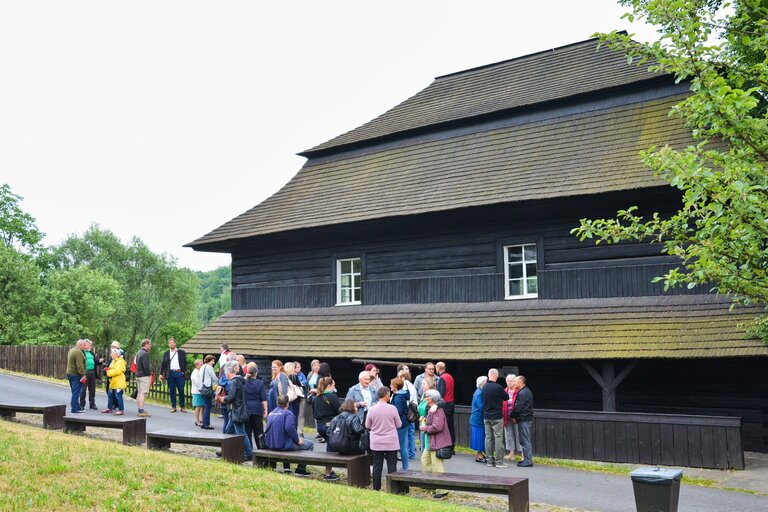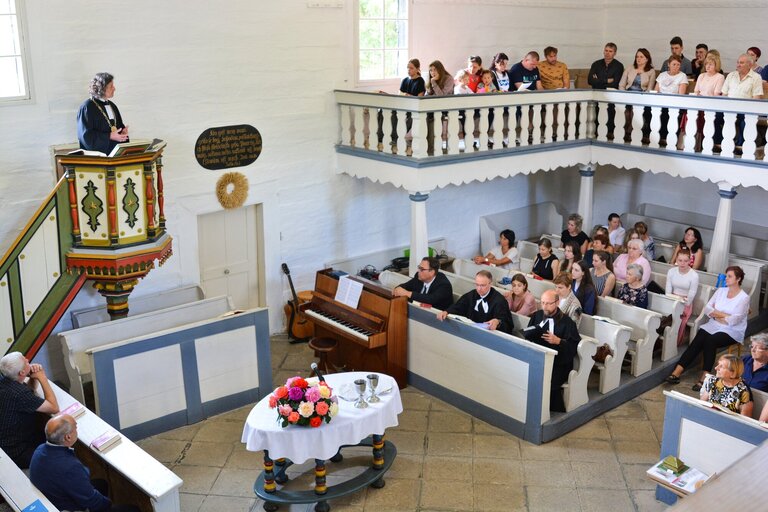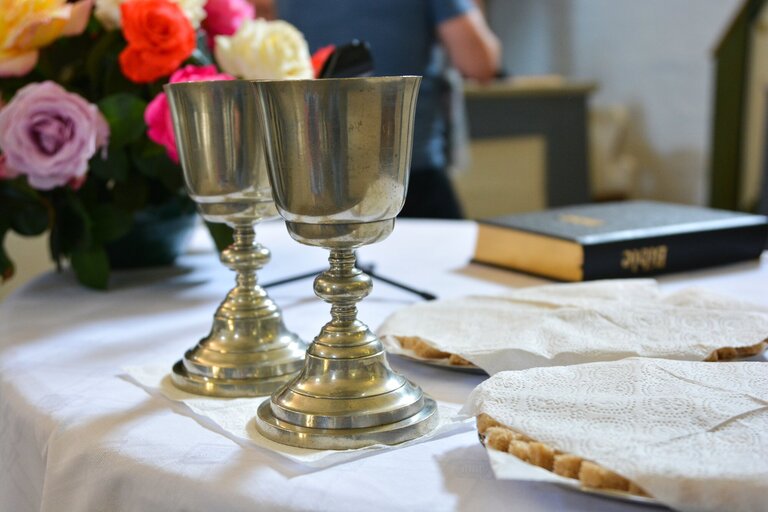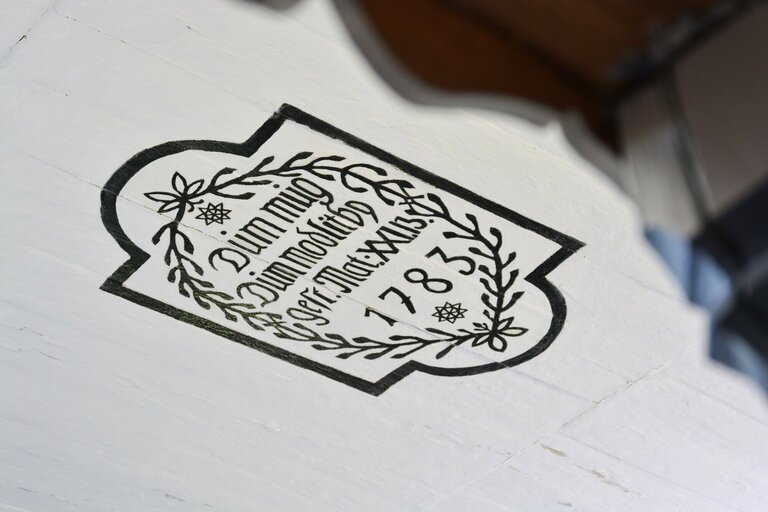Wooden jewel of Wallachia. The tolerance church in Velká Lhota has been standing for 240 years
It has survived wars, the efforts of the communist authorities to move it and the fire of the neighboring barn. The wooden tolerance church in Velká Lhota is one of the oldest among the Czech evangelical churches and has stood in its place for an incredible 240 years. Local Protestants commemorated this anniversary and expressed their gratitude for the fact that their sanctuary has been preserved.

Compatriots, friends from Poland and Synod elders visited Wallachia.
The Velká Lhota residents invited not only members of the surrounding congregations, but also compatriots from Croatia to the celebration. A delegation of compatriots from Bjelishevac, headed by Goran Hruska, secretary of the Czech Beseda, which has been bringing together descendants of Czech emigrants in Croatia for more than 90 years, had to travel over a thousand kilometers.
However, the delegation from Croatia was not the only one from abroad; the people of Velká Lhota also invited friends from Jawor, Poland, to the choral celebration. The link was the wooden church; in Jawor and elsewhere in Poland there are also evangelical congregations that have wooden churches.
The festive program began with a performance by Croatian compatriots. They demonstrated their vivid and deep relationship with their ancestral homeland and Czech culture by singing Czech and Moravian folk songs.
Sunday began with the celebration of the Lord's Supper, led by the Synodal Senior Pavel Pokorný. Afterwards, there was a lecture by an architect and an employee of the National Heritage Institute in Kroměříž, who recalled some interesting details about the construction of the church.
The church at the halfway point
For almost a quarter of a millennium, the history of the local church has become rather rich. But even before its construction, Wallachia was considered a region with a long Protestant tradition. However, it was only after the issue of the Patent of Toleration that people were allowed to declare their faith without reproach. But the Wallachians were suspicious of the authorities because they had had the unfortunate experience of the so-called false Patent of Toleration of 1777, which was an ambush by the authorities to reveal the identity of hidden Protestants.
Nevertheless, the Wallachian Protestants gave the church a relatively quick start. „In the winter of 1781, the locals learned about the promulgation of the Patent of Toleration, and in the middle of 1782, construction of the local church began,“ says Pavel Freitinger, the pastor of Velká Lhota. The local Evangelical congregation was also founded at the same time. Construction began on 29 June 1782 and just a year later, on 29 June 1783, the building was completed.
Even after more than two centuries, today's visitors are attracted by the site on which the wooden building stands. The church and the adjacent cemetery are located on a steep slope; the Protestants were unable to find a more suitable plot in the predominantly Catholic center of the village.
To build a non-Catholic church, it was of course necessary to comply with strict regulations. „We don't have a steeple or a bell. There is no village hall because of the hilly terrain, but still the church had to stand aside. There was no road leading to the church until the 1960s,“ Freitinger adds.
The internal layout also corresponds to the so-called tolerance layout. The pews are arranged around the Lord's Table. The interior is austere, without decoration, the only exceptions being two metal signs with biblical quotations (Ps 78:1 and Gal 1:11–12) and a ceiling ornament that reads „My house is to be named a house of prayer. Mt 21,13; 1783“.
There was no organ in the church. Originally the singing was unaccompanied, according to the chanter. It was not until 1938 that a harmonium was purchased for the church. Today the organ, purchased in 1996, is part of the interior.
Looking at the modest building, one might be surprised by its capacity. According to Pastor Freitinger, the church can comfortably accommodate 500 people, or even around a thousand. This is also thanks to the emporiums on three sides of the perimeter of the church. These were added to the interior after 1784.
Under the protection of the Supreme
Over time, of course, the church has also faced various dangers. The biggest one for a wooden building is undoubtedly fire. Lightning has struck near the building many times.
However, the church has been in trouble much earlier. When a Protestant patent was issued in 1860, abolishing the strict toleration regulations, it was considered to demolish the wooden building, whose barn-like form was considered unworthy by the locals, and replace it with a brick structure. Fortunately, this did not happen.
The last serious threat the church faced was during the previous regime, during the period of normalization. Communist officials wanted to move the entire church to the open-air museum in Rožnov pod Radhoštěm. It was saved by the construction engineers themselves, who had to draw up a technical plan for the move. The financial budget was so high that it was unfeasible.
That is why the wooden church in Velká Lhota remains a house of prayer to this day, as the inscription on its ceiling states. It is not only a unique building that breathes the legacy of the ancestors, but above all a community of brothers and sisters who live and share their faith in Jesus Christ.
Adéla Rozbořilová


